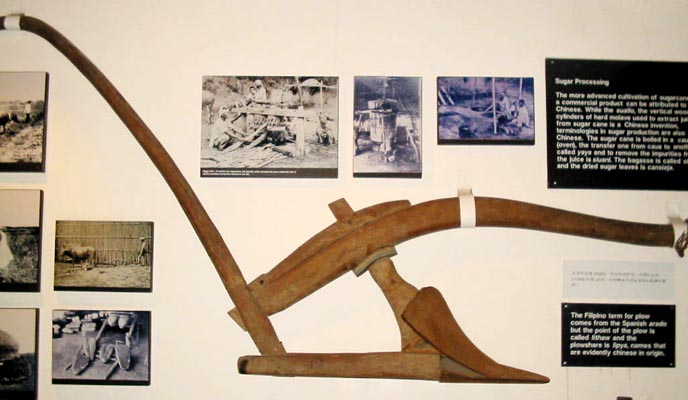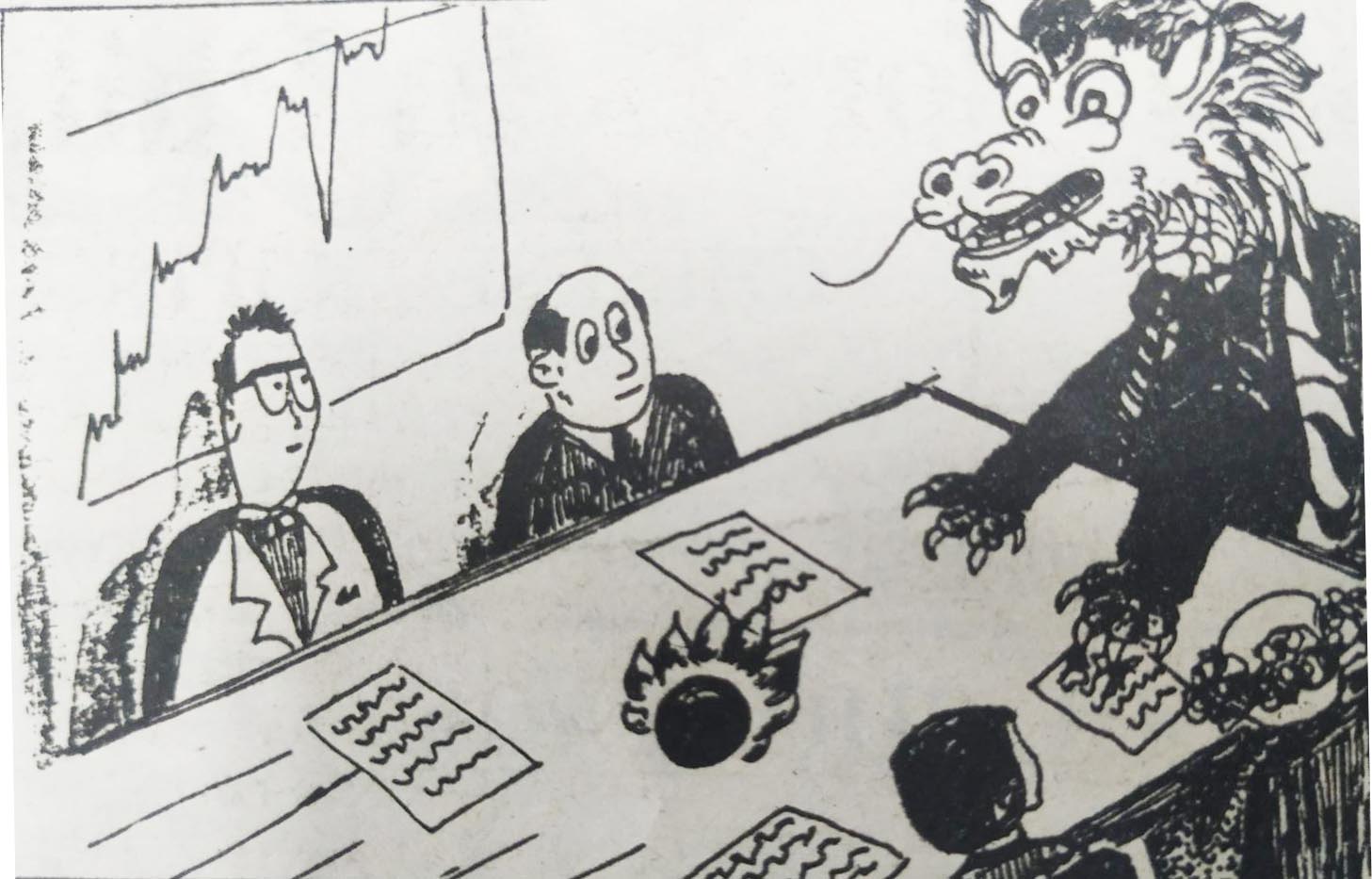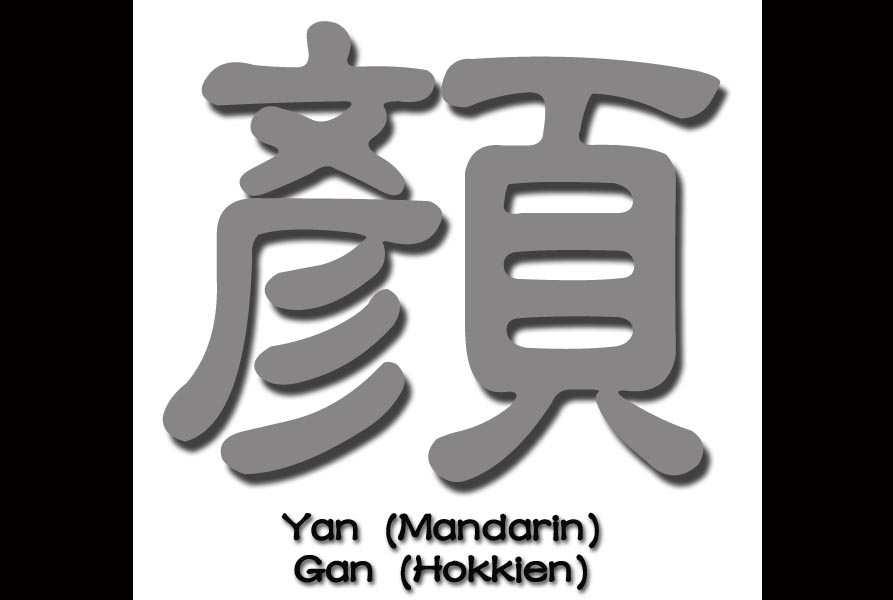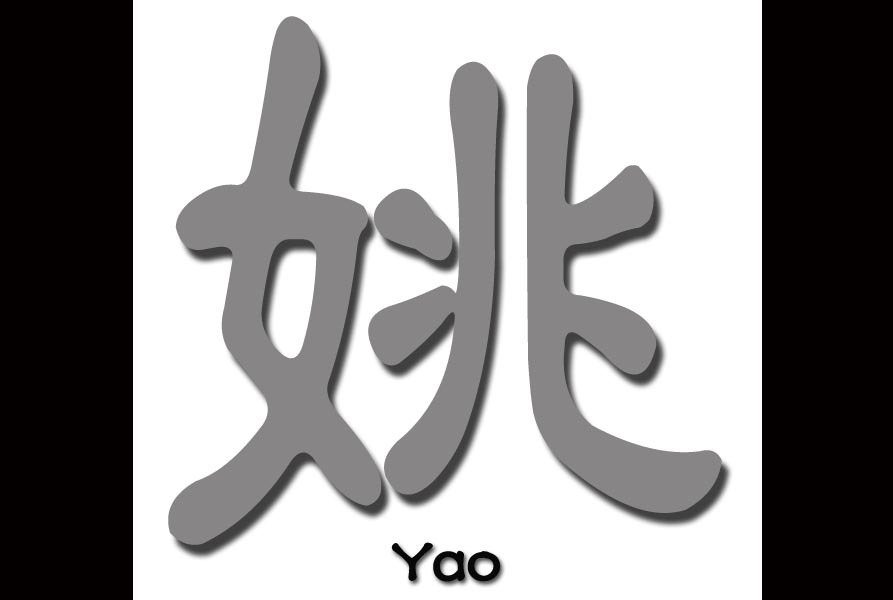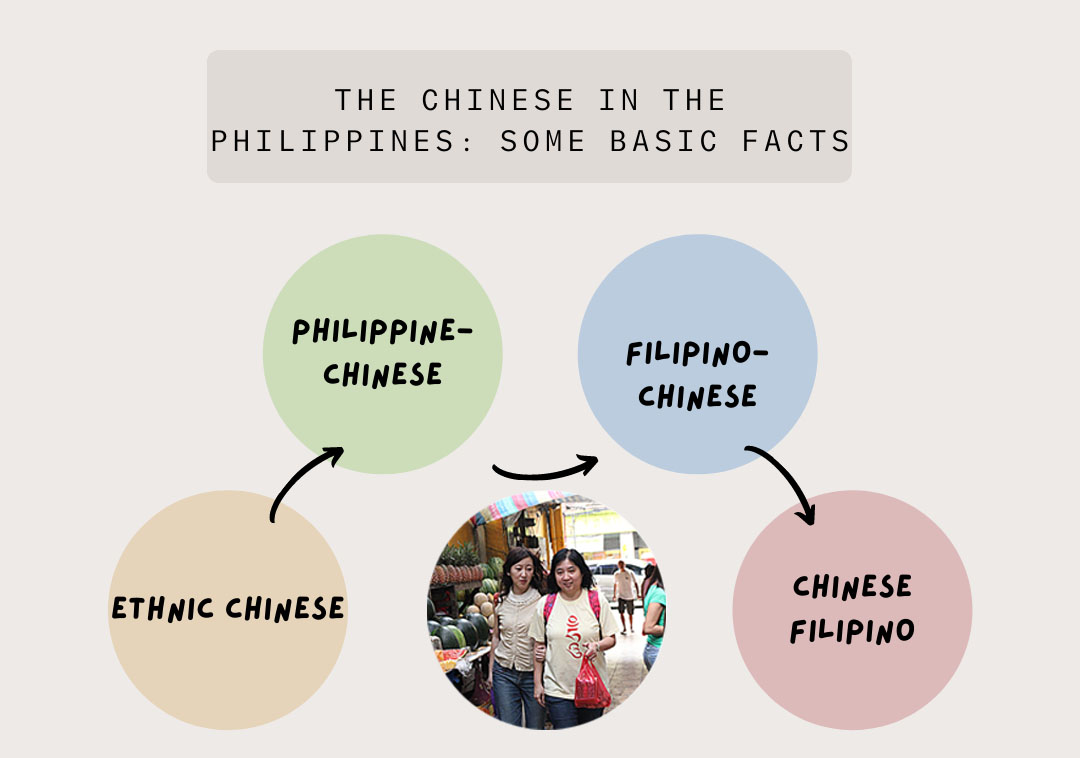First published in Tulay Monthly 1, no. 3 (August 1988): 7 Nagsisimula nang umakyat ang Pilipinas tungo sa tugatog ng pagbabangong pang-ekonomiya. Kailangang magpasya ang pamahalaan. Hahayaan ba nito ang mga Tsino na maging kabalikat ng mga Pilipino sa pag-akyat sa tugatog na ito, o hahayaan na lang silang magmasid sa isang tabi? Itinuturo sa […]
Tsinong-Pilipino: Isip at damdamin

